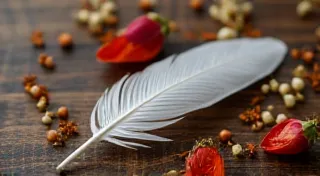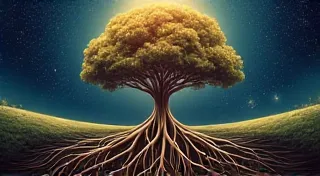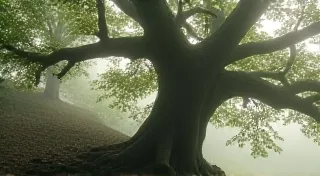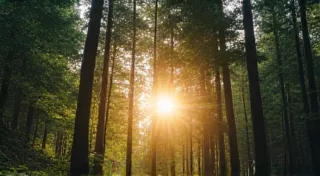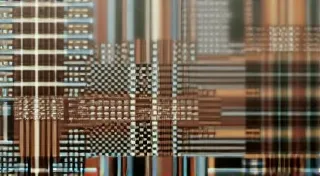The Seed Keeper's Legacy: Preserving Botanical Heritage
The scent of dried herbs clinging to my grandmother’s shawl. That’s the first memory that surfaces when I think of traditional healing. It wasn's a clinical experience; it was woven into the fabric of daily life in the Appalachian foothills where I grew up. My grandmother, Elsie, wasn’t a formally trained herbalist, but she was a “seed keeper,” a term we use to describe those who safeguard the knowledge and biodiversity of medicinal plants within a region. Her hands, gnarled and strong from years of tending to her garden and the land, held the wisdom passed down through generations—a legacy encoded in the very seeds she nurtured.
These seed keepers aren’t always easily identifiable. They’re often farmers, homesteaders, grandmothers, and elders, quietly safeguarding not only specific plant varieties but also the stories, preparation methods, and cultural contexts surrounding their use. Their efforts are subtle, almost invisible, but critically important in maintaining a richness of botanical life that increasingly faces the pressures of commercial agriculture and homogenization. It’s a slow, patient labor, a constant vigilance against loss. Elsie understood this deeply. She held within her the knowledge of dozens of plants – yarrow for wounds, elderflower for colds, sassafras root for digestive issues – not as isolated remedies, but as interconnected threads within a holistic system of wellness.
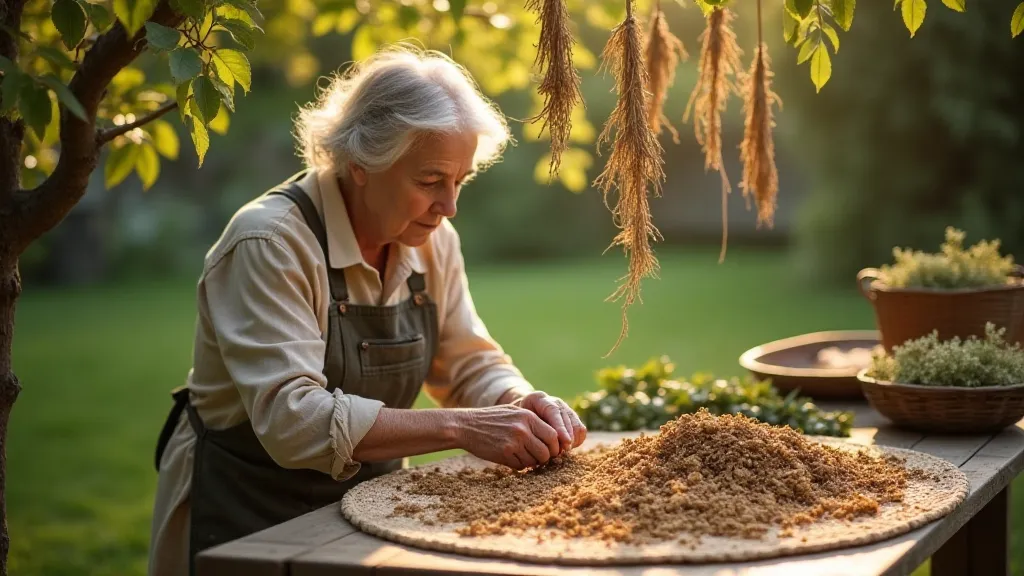
A History Rooted in Connection
The practice of seed keeping isn’t unique to Appalachia. It’s a global phenomenon, reflecting a deep-seated human connection to the natural world. Across cultures, indigenous communities have long recognized the healing power of plants and have developed intricate systems of knowledge surrounding their cultivation and application. Consider the traditional Chinese Medicine system, rooted in centuries of observation and refinement, or the Ayurvedic practices of India, where plants form the cornerstone of preventative and curative treatments. These systems weren’t developed in sterile laboratories; they arose from direct interaction with the environment, a profound respect for the interconnectedness of life.
Historically, the role of the seed keeper was essential for survival. In a time before modern medicine, reliance on local, seasonal resources was a necessity. The survival of a community could literally depend on the ability to identify and utilize medicinal plants. As societies modernized and centralized, however, traditional knowledge often faced marginalization, deemed "primitive" or "unscientific." The rise of industrial agriculture, with its focus on monoculture crops and standardized varieties, further eroded biodiversity and displaced heirloom plants. It’s fascinating how the cycles of plants and the influence of the moon impact their growth; understanding these patterns, as explored in The Lunar Garden: Herb Cycles & the Night Sky, can profoundly affect the efficacy of herbal remedies.
Elsie witnessed this shift firsthand. She recalled her own grandmother lamenting the loss of a particular strain of corn that had thrived in their valley for generations – a strain prized for its drought resistance and its subtly sweet flavor. It had been replaced by a more “productive” variety, but Elsie’s grandmother mourned the loss of not just the corn itself, but the connection to the past and the inherent resilience it represented. It’s a loss that echoes the broader decline of botanical understanding, a decline that many are trying to reverse through careful observation and a renewed appreciation for traditional knowledge.
The Craft of Preservation: More Than Just Seeds
The seed keeper’s work extends far beyond simply collecting and storing seeds. It’s a complex, holistic practice that encompasses ecological understanding, horticultural skill, and cultural transmission. Elsie understood the importance of observing plant behavior – noting which varieties thrived in different soil conditions, how they responded to pests and diseases, and when they were at their peak potency.
She also recognized that the potency of a plant isn’t solely determined by its genetic makeup. Soil health, water quality, and even the time of harvest can significantly impact its medicinal properties. Elsie was a tireless advocate for sustainable gardening practices – composting, crop rotation, and companion planting – all of which contributed to the vitality of her garden and the strength of her plants. The careful placement of plants, understanding the ecosystem around them, speaks to a holistic approach that extends beyond the garden itself – mirroring the broader tapestry of a forest ecosystem, as further examined in Beneath the Canopy: Herbal Remedies & Forest Ecosystems.
Perhaps most importantly, Elsie understood the importance of passing on her knowledge. She didn’t write down her recipes or instructions; she taught through demonstration, patiently guiding me through the process of identifying plants, preparing remedies, and understanding their effects. It was a form of apprenticeship, a living embodiment of the seed keeper’s legacy. The artistry of using plants, not just for healing but also for color, reveals another layer of their significance - a concept beautifully explored in "The Herbalist’s Palette: Color Alchemy & Botanical Pigments."
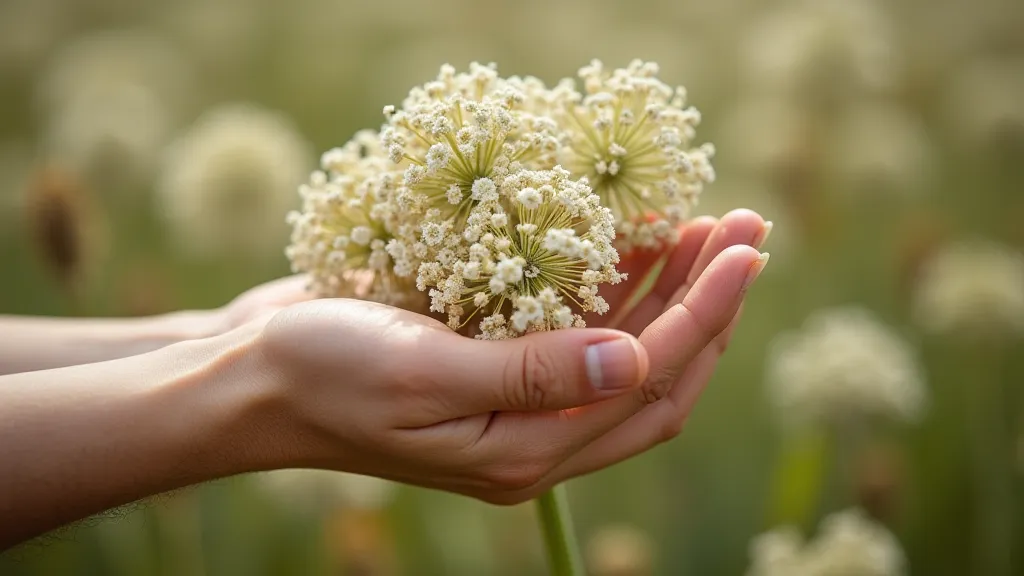
Challenges and Renewed Interest
The role of the seed keeper faces significant challenges in the modern world. Climate change threatens plant populations, while habitat loss and pesticide use further diminish biodiversity. The commercialization of herbal remedies can also lead to the exploitation of rare or endangered species, undermining the principles of sustainability.
Despite these challenges, there’s a growing renewed interest in traditional medicine and the vital role of seed keepers. The desire for natural healing options, coupled with a growing awareness of the importance of biodiversity, is fueling a resurgence in heirloom seed collecting and the preservation of traditional knowledge. Organizations dedicated to preserving heirloom varieties and supporting local farmers are playing a crucial role in this movement.
One of the most inspiring aspects of this resurgence is the recognition that seed keeping isn't just about preserving the past; it's about building a more resilient and sustainable future. By safeguarding botanical heritage, we’re not only protecting valuable medicinal resources; we’re also reconnecting with our ancestral roots and rediscovering a deeper understanding of the interconnectedness of life. It’s about recognizing that the landscape itself holds a map of knowledge, a concept that speaks to the art of botanical cartography.
A Continuing Legacy
Elsie is gone now, but her legacy lives on, not just in the plants she nurtured, but in the knowledge she shared. I now find myself tending to her garden, carefully collecting and saving seeds, and sharing my own knowledge with others. It's a daunting responsibility, but also a profound privilege.
The scent of dried herbs still clings to my memories, a constant reminder of the wisdom of the seed keeper – a reminder that the true measure of wealth lies not in material possessions, but in the richness of our relationship with the natural world, and in the knowledge we pass on to future generations.
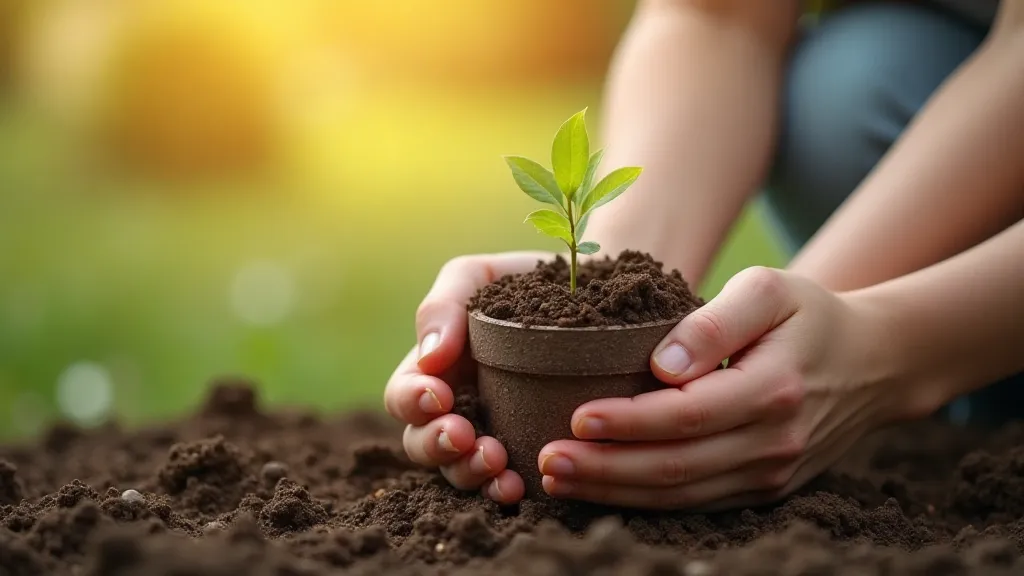
The work of a seed keeper, much like an artist, requires a keen eye for detail and a deep connection to the land. Beyond the practical aspects of seed saving and plant propagation lies a profound sense of responsibility—a commitment to preserving not only the physical seeds but also the stories, traditions, and cultural context that surround them. Elsie taught me that each plant carries within it a history, a lineage, and a silent wisdom that can only be unlocked through careful observation, respect, and a willingness to listen.
The resurgence of interest in traditional herbalism isn't merely a trend; it's a fundamental shift in perspective—a recognition that the answers to many of our modern challenges can be found not in laboratories or pharmacies, but in the wisdom of our ancestors and the abundance of the natural world. This movement is fueled by a desire to reconnect with our roots, to heal not only our bodies but also our relationship with the planet.
As I continue Elsie's work, I'm acutely aware of the challenges that lie ahead. Climate change, habitat loss, and the relentless pressures of industrial agriculture pose significant threats to the precious biodiversity that seed keepers strive to protect. But I'm also filled with hope, inspired by the growing community of individuals who are embracing the principles of sustainable gardening, heirloom seed saving, and traditional herbalism. Together, we can ensure that the legacy of the seed keeper endures for generations to come, safeguarding the botanical heritage that sustains us all. It’s a calling that demands not just skill and knowledge but also a deep sense of purpose and a unwavering commitment to the land.
